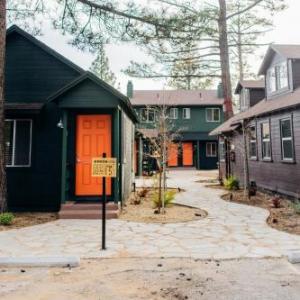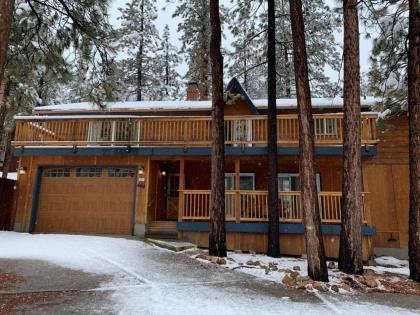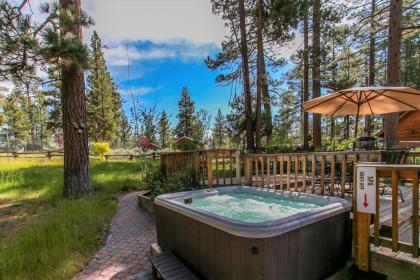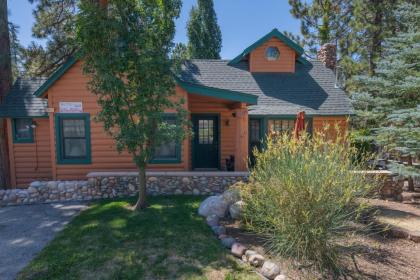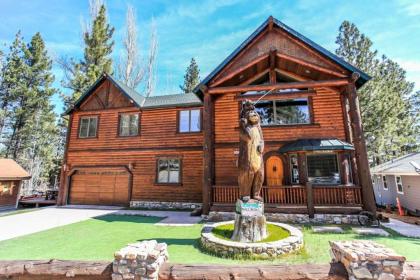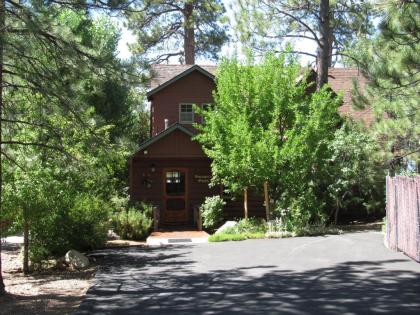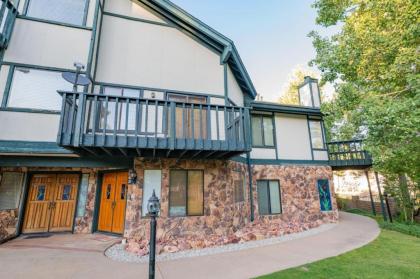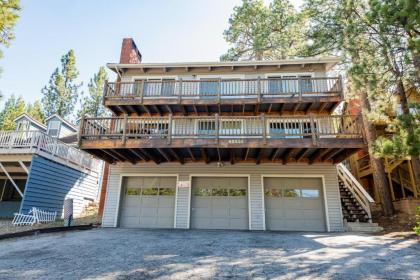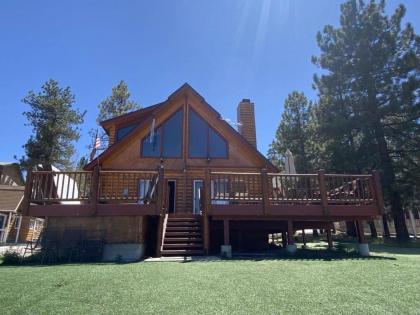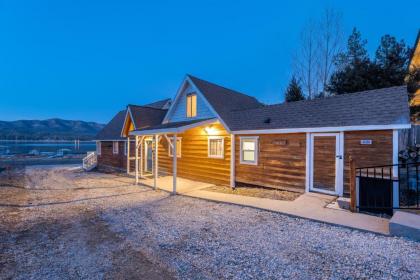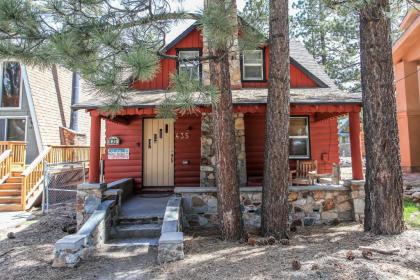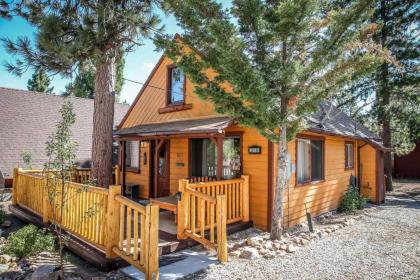Best Hotels Near Big Bear Solar Observatory
183 Lagunita Lane (1.2 km from Big Bear Solar Observatory)
Located in the town of Big Bear Lake Lagonita Lodge is an ideal base camp for exploring Big Bear Lake (CA). The hotel provides a variety of services and amenities to ensure guests' comfort and convenience.
214 Lagunita Lane (1.2 km from Big Bear Solar Observatory)
Located in in Big Bear Lakes Noon Lodge offers cottages. The property grounds feature a seasonal outdoor pool BBQ facilities and 2 gas fire pits. Each room offers free WiFi a cable TV a refrigerator fresh linens and towels and a private bathroom.
214 Lagunita Lane (1.2 km from Big Bear Solar Observatory)
Make a pit stop at Mallard Bay Resort to discover Big Bear Lake's wonders (CA). The hotel's facilities and services are available to both business travellers and tourists.
183 Lagunita Lane (1.2 km from Big Bear Solar Observatory)
This Big Bear Lake lodge features an indoor pool and hot tub and is located adjacent to Big Bear Lake. All rooms include complimentary Wi-Fi. All rooms at Lagonita Lodge include a fireplace and daily housekeeping.
(1.2 km from Big Bear Solar Observatory)
Big Bear Vacations' Breezy Estate-114 is located in Big Bear Lake. 1.3 nautical miles from Big Bear Marina 2.1 miles from Magic Mountain's Alpine Slide and 1.3 miles from Big Bear Queen Lake Tours.
(1.2 km from Big Bear Solar Observatory)
1.3 miles from Big Bear Marina 2.1 miles from Magic Mountain's Alpine Slide and 1.3 miles from Big Bear Queen Lake Tours Breezy Two-113 is a Big Bear Vacations property located in Big Bear Lake.
(1.2 km from Big Bear Solar Observatory)
With a spa bath Big Bear Vacations' Lake Shore-12 is located in Big Bear Lake. This accommodation features a balcony, complimentary private parking, and complimentary WiFi.
(1.2 km from Big Bear Solar Observatory)
Offering free WiFi and free private parking Lakefront-110 by Big Bear Vacations is nestled on Big Bear Lake just 1.1 mi from Big Bear Marina. The property is 1.1 mi from Big Bear Queen Lake Tours and 3.7 mi from Lakeview Shopping Center.
Top 10 Trending Hotels Near Big Bear Solar Observatory See all
Budget Hotels Near Big Bear Solar Observatory See all
Hotels With Great Access To Big Bear Solar Observatory! See all
Big Bear Solar Observatory, Big Bear Lake, CA
In the early 1900s, scientists realized that the sun’s daily cycles could be studied by tracking changes in its brightness. But because the sun is so bright, they needed to find a place where they could make measurements without being blinded by sunlight. In 1907, George Ellery Hale, director of the Yerkes Observatory in Wisconsin, came up with the idea of using a telescope in a place where there was lots of snow. The snow would reflect sunlight away from the telescope, making it possible to take measurements.
Hale found the perfect spot for his telescope in Big Bear Lake , California. The location was high enough in elevation to get above most of the clouds and pollution in the atmosphere, and it had plenty of snow. Construction on the Big Bear Solar Observatory began in 1908, and the telescope was completed in 1910.
For more than 100 years, scientists have used the Big Bear Solar Observatory to study the sun. They have used it to track changes in the sun’s brightness, to map sunspots, and to study solar activity. In recent years, scientists have also used the observatory to study how stars form and evolve.
The Big Bear Solar Observatory is one of the world’s leading centers for solar research. It is operated by New Jersey Institute of Technology and is supported by funding from the National Science Foundation.




